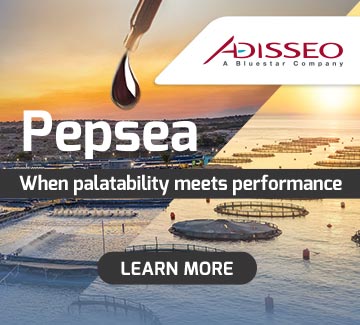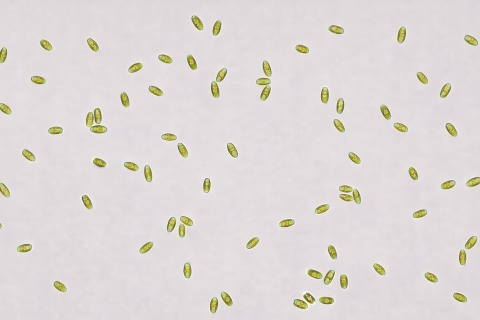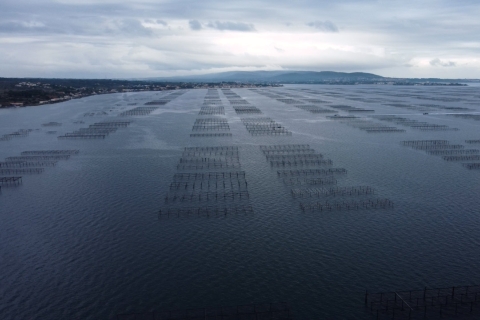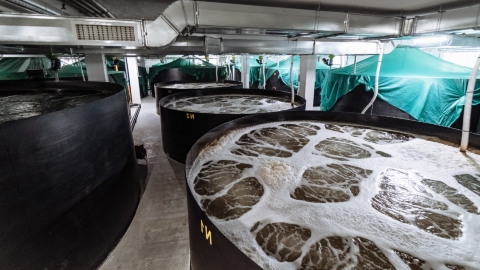
In recent decades, there has been an exponential increase in research on ornamental fish and shellfish, driven by the anticipated growth of the industry's value in the coming years.
Thanks to ornamental aquaculture, pressure on wild species—one of the biggest concerns surrounding this activity—has been reduced, while it has also significantly contributed to rural development and international growth, particularly in developing countries in Asia, such as Malaysia and Singapore, which are among the main exporters of ornamental fish.
The research is spread across the United States, Brazil, India, China, and Australia, which together account for 58% of the published studies.
In terms of influence, the University of Florida stands out as one of the most prominent institutions in ornamental fish and shellfish research, followed by the University of São Paulo and James Cook University.
Ornamental Aquaculture and its Contribution to Sustainability
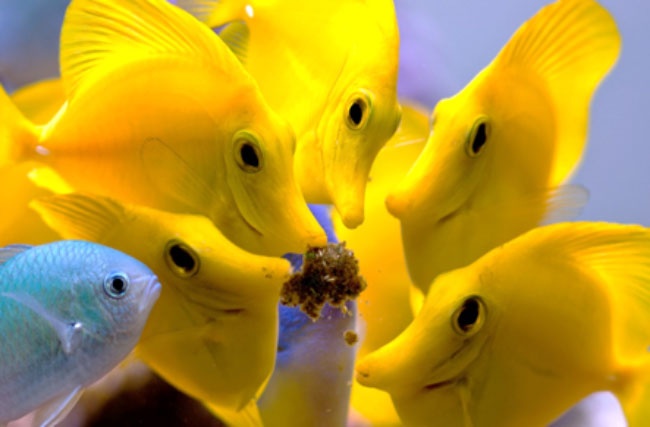
Consolidated research areas include breeding certain species, with particular focus on those that are challenging to rear in captivity, such as clownfish and angelfish.
Through these studies, we’ve managed to reduce the overfishing of wild specimens, thereby supporting the sustainability of the aquarium trade. This progress allows breeders to supply the ornamental market without relying on capturing species in their natural habitats, helping preserve marine ecosystems and maintaining the balance of wild populations.
Significant progress has also been made in the use of feed additives and products that enhance fish colour and health, benefitting both breeders and enthusiasts, since a fish’s colour, beauty, and rarity are key factors in its commercial value.
For example, advancements in the breeding of the dwarf gourami (Trichogaster lalius)—a popular freshwater aquarium fish—along with managing associated illnesses like columnaris disease, a common bacterial infection, represent an area of consolidated research.
Additionally, research has delved deeply into the “risk of ornamental species invasion,” focusing especially on creatures like ornamental crabs and fish, whose accidental release into natural environments poses serious threats to local biodiversity. Another well-established research area is the impact of parasitic infections on ornamental species, with studies assessing how these diseases affect both captive populations and surrounding ecosystems when infected individuals are released.
Emerging Topics in Ornamental Aquaculture Research
Emerging topics include studies on the effects of climate change on aquatic ecosystems and ornamental species, as well as the impact of invasive species.
These investigations focus on how changes in water temperature, ocean acidification, and other climate-driven factors are impacting the health, reproduction, and survival of ornamental fish and marine invertebrates.
For instance, it’s been observed that species like the clownfish (Amphiprion ocellaris) undergo shifts in reproductive patterns when water temperatures rise, affecting both egg viability and juvenile survival rates. Furthermore, ocean acidification is weakening the skeletons of corals and other marine organisms that serve as habitats for many ornamental fish, endangering not only biodiversity but also the aquaculture industry that relies on these species.
Regarding invasive species, ornamental species like the lionfish (Pterois volitans) have caused severe disruptions in non-native ecosystems, preying on local species and altering food chains. Current research is focused on ways to curb their spread and mitigate their impact on coastal ecosystems.
Further attention is being given to advanced techniques for sustainable aquaculture, such as biofilm-based culture systems that enhance water quality by promoting natural filtration, thus reducing the need for chemicals in aquaculture systems. Recent studies show that biofilms effectively control nitrate and phosphate levels in fish tanks, improving the overall health of species like the dwarf gourami (Trichogaster lalius) and reducing the incidence of disease.
Finally, genetic engineering applied to ornamental species is emerging as a key tool for improving disease resistance. A notable example is the work done with the zebrafish (Danio rerio), where genetic modifications have been introduced to boost resistance to common aquarium pathogens. This not only reduces mortality in captivity but also enhances the industry’s sustainability by decreasing reliance on chemical treatments and antibiotics.
Future Challenges: Commercial Production of High-Demand Species
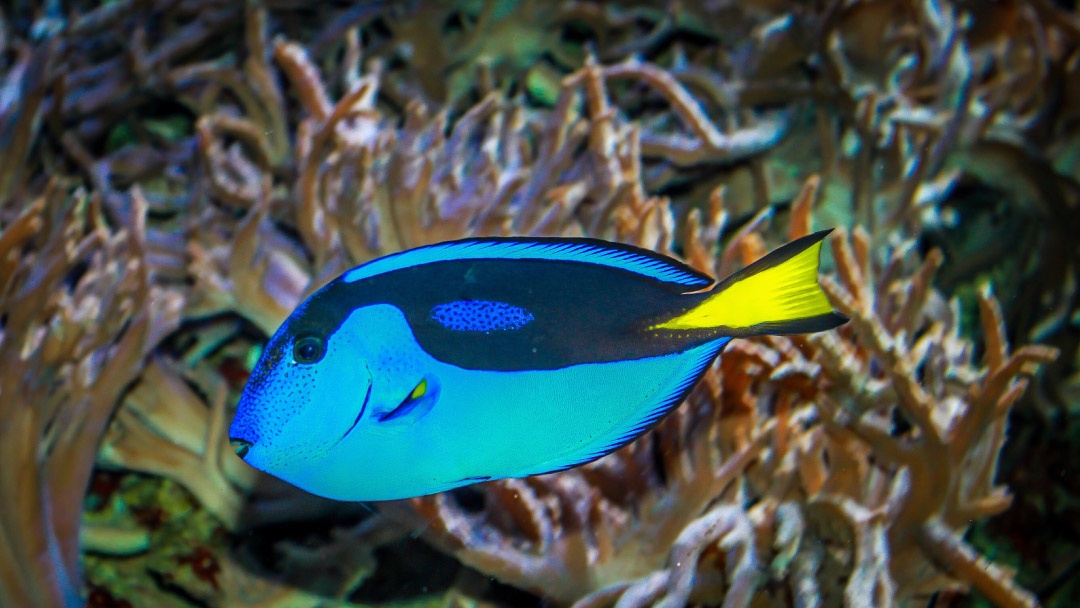
Some commercially popular species in the ornamental fish industry remain difficult or impossible to breed in captivity due to their complex reproductive cycles or specific habitat conditions that are hard to replicate.
One such species is the blue tang (Paracanthurus hepatus), made famous by films like Finding Nemo. Highly popular among marine aquarium enthusiasts, this species is in high demand.
Breeding blue tangs is complicated due to their specific dietary needs and the oceanic conditions they require. Though advances have been made in breeding Paracanthurus hepatus in aquariums, it’s still not entirely viable or common practice for sustainably supplying the commercial market.
The marine angelfish (Pomacanthus imperator) or queen angelfish (Holacanthus ciliaris) also have reproductive cycles closely tied to specific oceanic conditions, such as changes in temperature and pressure.
Another challenging species is the copperband butterflyfish (Chelmon rostratus), which is difficult to breed due to its complex feeding habits and reproductive behaviour. In the wild, they depend on corals and other marine organisms that are hard to maintain in aquariums, limiting reproduction in artificial environments.
Among seahorses, the tiger tail seahorse (Hippocampus comes) remains a challenge for aquarium breeders, as they feed on small live prey and have complex reproductive strategies.

